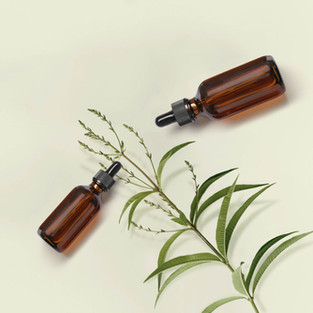What are Essential Oils Really? 3 Things to Know.
- The Center of Love and Acceptance

- Dec 1, 2020
- 4 min read
Updated: Jun 19, 2022
Plants, Herbs and EOs
"Eat This! It's Supposed to be Good for You."
Training
================================================================











Comments